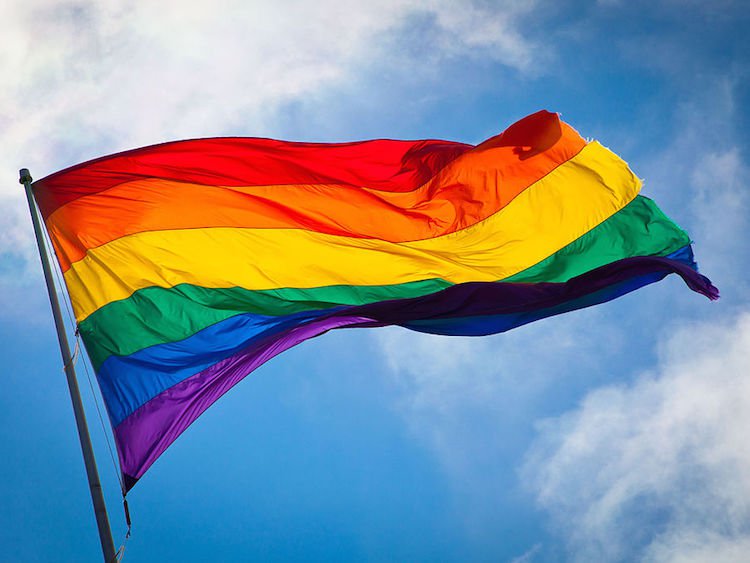
Several recent cases are poised to set a major tonal shift in the realm of LGBT employee rights following the Supreme Court’s 2015 landmark decision in Obergefell v. Hodges. As part of its ongoing coverage of LGBT employment issues, Orrick offers its insights and predictions as courts continue to contemplate where sexual identity fits within this changing landscape of protected statuses.
Obergefell v. Hodges guaranteed as fundamental the right to marry for same-sex couples. But the Supreme Court remains reluctant to clarify the standard of review when evaluating sexual orientation as a protected class. This resulting uncertainty, coupled with a continuing lack of federal statutes granting affirmative rights to LGBT persons, has inspired a renewed interest in litigation to define the scope and extent of LGBT rights, particularly within the employment context.
A pair of federal cases– out of the Second and Seventh Circuits—aims to confront previous interpretations of Title VII that have excluded LGBT persons from protection under the statute. Title VII expressly protects employees from discrimination on the basis of sex, historically defined by an individual’s biological characteristics as assigned at birth. Over time, courts have taken different approaches to analyzing whether Title VII includes sexual orientation protection, and there remains a significant divide in approach across the country. Most recently, the Eleventh Circuit again declined to find that “sex” includes sexual orientation under Title VII, citing the statute’s text, the legislative history, and Congressional inaction on the matter. The Eleventh Circuit is just one of several circuits to hold that Title VII does not cover sexual orientation, including the First, Third, Fourth, Fifth, Sixth, Eighth and Tenth Circuits.
Plaintiffs in Christiansen v. Omnicom Group Inc. et al. (Second Circuit) and Kimberly Hively v. Ivy Tech Community College (Seventh Circuit) argue that sexual orientation falls squarely within the ambit of Title VII. A three-judge panel in Christiansen recently voted to revive a Title VII claim alleging pervasive anti-gay harassment, including lewd depictions of the plaintiffs and false rumors regarding his HIV status. Hively alleges repeat failures to promote plaintiff based on her sexual orientation.
These cases allege unique and complicated intersectional issues that present renewed challenges to how courts typically assess sex and gender-based discrimination. The Christensen and Hively claims align with existing law concerning theories of discrimination based on gender norms and sex-stereotyping. Discrimination based on sex-stereotyping, long a part of the sex discrimination framework, assesses whether an employer took an adverse employment action on the basis of the employee’s perceived failure to conform to typical gender roles. Examples outside of the LGBT context have included instances where employers use ascriptive categorizations—beliefs that women are quieter and more organized, or that men are stronger and less meticulous—to assign roles in the workforce.
Sex-stereotyping and harassment grounded in gender roles are generally uncontroversial elements of a Title VII analysis. But that framework doesn’t always marry easily to anti-gay discrimination, and success in application to these claims has been mixed. Sex-based stereotypes, as a primary matter, typically reflect a tension between status, protected under Title VII, and conduct, which ordinarily is not—LGBT employment cases throw that distinction into stark relief. Moreover, it can be difficult for an employee to pinpoint precisely the stereotypes at issue—whether, for example, an employer has allegedly discriminated in connection with how the employee presents themselves, or perhaps solely on the basis of the employee’s same-sex relationships. The expanding constellation of identity statuses within the LGBT umbrella only adds to that uncertainty.
In a March 27, 2017 decision, the Christiansen court emphasized that a sex-stereotyping theory remains the only vehicle for sexual orientation claims under Title VII in the Second Circuit. The opinion notes that, under established precedent, “being gay, lesbian, or bisexual, standing alone, does not constitute nonconformity with a gender stereotype that can give rise to a cognizable gender stereotyping claim.” That holding appears to foreclose, for the moment, claims that bootstrap sexual orientation into Title VII on the theory that sexual orientation is protected as a subcategory of “sex.”
Instead, the court held, plaintiffs must allege something more than that they simply identify as gay, lesbian or bisexual, and that the employer took an adverse action on this basis. An actionable claim must specifically address how the plaintiff’s conduct, behavior, affect or presentation conflicts with the employer’s perceptions about gender stereotypes. In Christensen, the plaintiff’s claims could proceed because of allegations that he was perceived as “effeminate and submissive.” Criticisms of this approach point to an asymmetry in outcomes where a plaintiff claiming sexual orientation discrimination cannot recover for even explicitly anti-gay discrimination absent evidence that the employer also perceived them as, for example, stereotypically “effeminate.”
In 2015, EEOC updated its guidance to reflect the agency’s treatment of discrimination based on sexual orientation and discrimination based on sex as functional equivalents. That guidance brought some finality to the agency’s sometimes uneasy and mercurial relationship with sexual orientation discrimination cases. The agency’s interpretations of Title VII often receive significant deference in court, but are far from unassailable. Furthermore, the transition to a new Presidential administration opens the door to a shift in how the agency approaches sexual orientation discrimination, as well as a change in EEOC’s enforcement priorities.
With these considerations in mind, the question is likely when—not if—the Supreme Court will be forced to hear the issue. Depending on the outcome of the Seventh Circuit case, and the looming possibility of a circuit split, the answer could be just around the corner.

